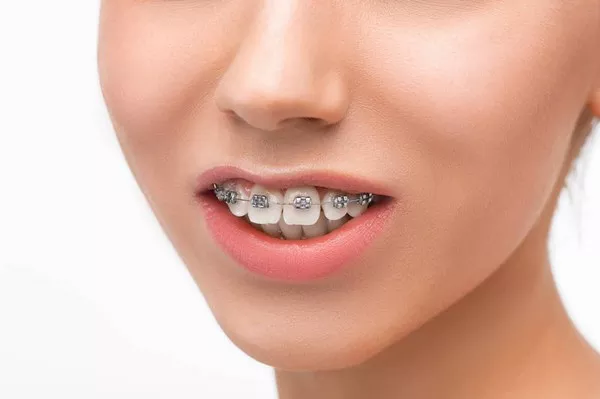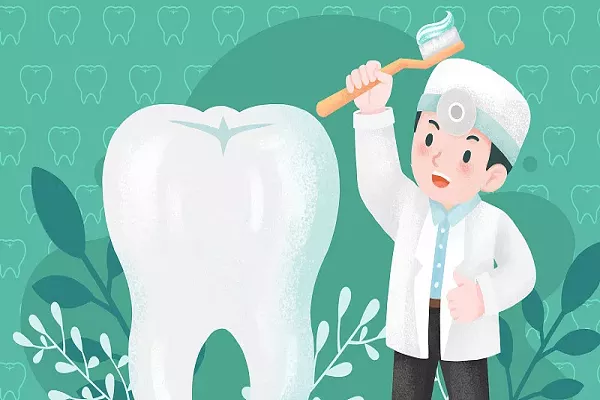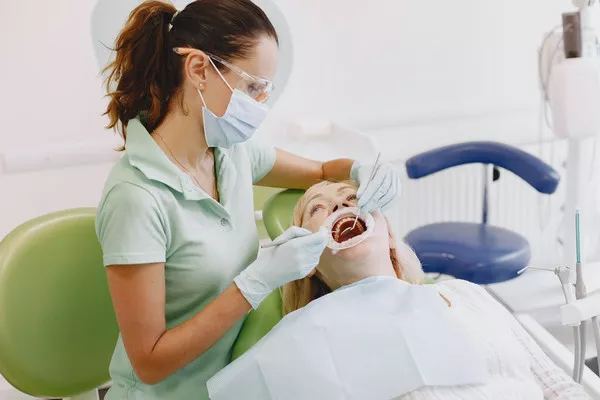Metal retainers are orthodontic devices used to maintain the position of teeth after orthodontic treatment, such as braces, to prevent them from shifting back to their original misaligned positions. These retainers consist of a metal wire that wraps around the teeth and is held in place by acrylic or plastic material. The purpose of metal retainers is to ensure that the teeth remain in their corrected positions, allowing the bone and surrounding tissues to adapt to the new alignment over time.
Cost Factors
Several factors contribute to the cost of metal retainers, making it important for individuals to understand what influences pricing before making a decision. These factors include:
Material: The materials used in the construction of metal retainers can vary in quality and cost. Higher quality metals may be more expensive but offer increased durability and longevity.
Customization: The level of customization required for a metal retainer can affect its cost. Retainers that are tailored to fit an individual’s unique dental anatomy may be more expensive than generic, one-size-fits-all options.
Orthodontist Fees: The fees charged by orthodontists for the initial consultation, fitting, and adjustments of the retainer can vary depending on their experience, location, and the complexity of the treatment.
Geographic Location: The cost of orthodontic treatment, including metal retainers, can vary significantly depending on the region and country. Urban areas or regions with a higher cost of living may have higher overall treatment costs.
see also: Is Orthodontics Considered Cosmetic
Average Price Range
The cost of metal retainers can vary widely depending on the factors mentioned above. On average, patients can expect to pay between $150 to $600 for a metal retainer. For example, a traditional Hawley retainer typically costs between $150 to $300 for one retainer or up to $600 for a set of upper and lower retainers.
Insurance and Coverage
Dental insurance may cover a portion of the cost of metal retainers, but the extent of coverage varies depending on the individual’s insurance plan. In many cases, insurance plans that cover orthodontic treatment will also cover a portion of the cost of retainers, as they are considered part of the post-treatment care. However, patients should check with their insurance provider to determine the specifics of their coverage and any out-of-pocket expenses they may incur.
Patients should also be aware of any limitations or restrictions imposed by their insurance plan, such as annual maximums or waiting periods, which may affect coverage for orthodontic treatment and retainers.
Comparison with Other Types
While metal retainers are a popular choice for post-orthodontic care, there are other types of retainers available, each with its own cost and benefits. For example:
Essix Retainers: Essix retainers are clear, removable retainers made from transparent plastic. They are less noticeable than metal retainers but may be more prone to wear and tear. Essix retainers typically cost between $100 to $500 per retainer.
Vivera (Invisalign) Retainers: Vivera retainers are similar to Essix retainers but are specifically designed for patients who have completed treatment with Invisalign clear aligners. They are custom-made using advanced 3D imaging technology and are known for their durability and comfort. Vivera retainers typically come in sets of four and cost around $660.
When comparing the cost of metal retainers with other types, patients should consider factors such as durability, comfort, and aesthetics, in addition to price.
see also: How Orthodontic Treatment Works
Maintenance Costs
In addition to the initial cost of the retainer, patients should also consider long-term maintenance costs, such as adjustments or replacements. Metal retainers may require periodic adjustments by an orthodontist to ensure proper fit and function, which can incur additional fees. In some cases, the retainer may need to be replaced due to damage or wear over time, which will also add to the overall cost of treatment.
Patients should follow their orthodontist’s recommendations for retainer care and maintenance to prolong the lifespan of the retainer and minimize additional expenses.
Consultation Reminder
Before making a decision about which type of retainer to choose, it is important for patients to consult with their orthodontist. During the consultation, the orthodontist can assess the patient’s individual needs and recommend the most suitable type of retainer based on factors such as the complexity of the orthodontic treatment, the patient’s lifestyle, and budget.
Patients should take this opportunity to ask questions about the cost of treatment, insurance coverage, and long-term maintenance requirements to make an informed decision about their orthodontic care.
Conclusion
The cost of metal retainers can vary depending on a variety of factors, including material, customization, orthodontist fees, and geographic location. While metal retainers may be more affordable than other types of retainers, patients should consider their individual needs and preferences when making a decision about which type of retainer to choose. Consulting with an orthodontist is the best way to determine the most suitable treatment plan and ensure the best possible outcome for long-term dental health.
FAQs About Retainers
1. Are metal retainers more expensive?
A: Metal retainers, also known as traditional wire retainers, are often less expensive than other types of retainers. They are made from durable materials like stainless steel and are typically more cost-effective to manufacture compared to clear plastic or lingual retainers.
2. How much do retainers cost in HK?
The cost of retainers in Hong Kong can vary depending on factors such as the type of retainer, the materials used, and the orthodontic provider’s fees. On average, traditional wire retainers may cost around HK$1,000 to HK$3,000, while clear plastic retainers or lingual retainers may range from HK$3,000 to HK$8,000 or more.
3. Which retainer is cheapest?
Traditional wire retainers tend to be the cheapest option among different types of retainers. These retainers are made from stainless steel wire and acrylic material, making them relatively inexpensive compared to clear plastic retainers or lingual retainers.
4. Are retainers cheaper than braces?
In general, retainers are typically less expensive than braces. Braces involve the use of brackets, wires, and other orthodontic appliances to straighten teeth, which can incur higher initial costs and ongoing maintenance expenses. Retainers, on the other hand, are often used after braces to maintain the alignment of teeth and are generally less costly to fabricate and maintain. However, the actual cost of braces or retainers can vary depending on individual treatment needs and the orthodontic provider’s fees.
You Might Be Interested In






























